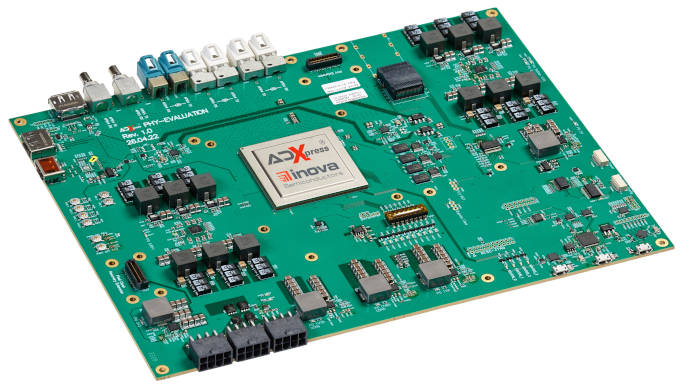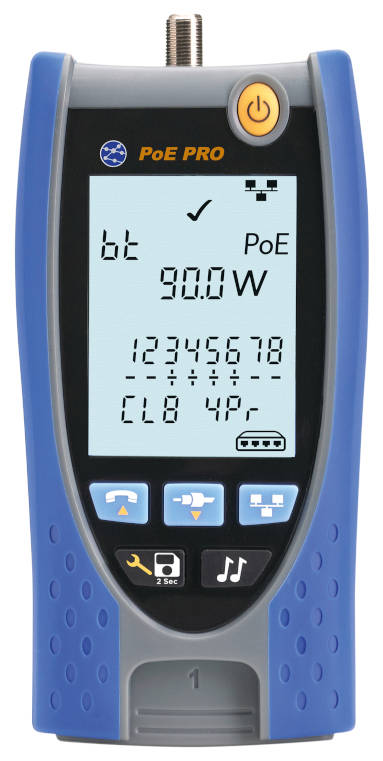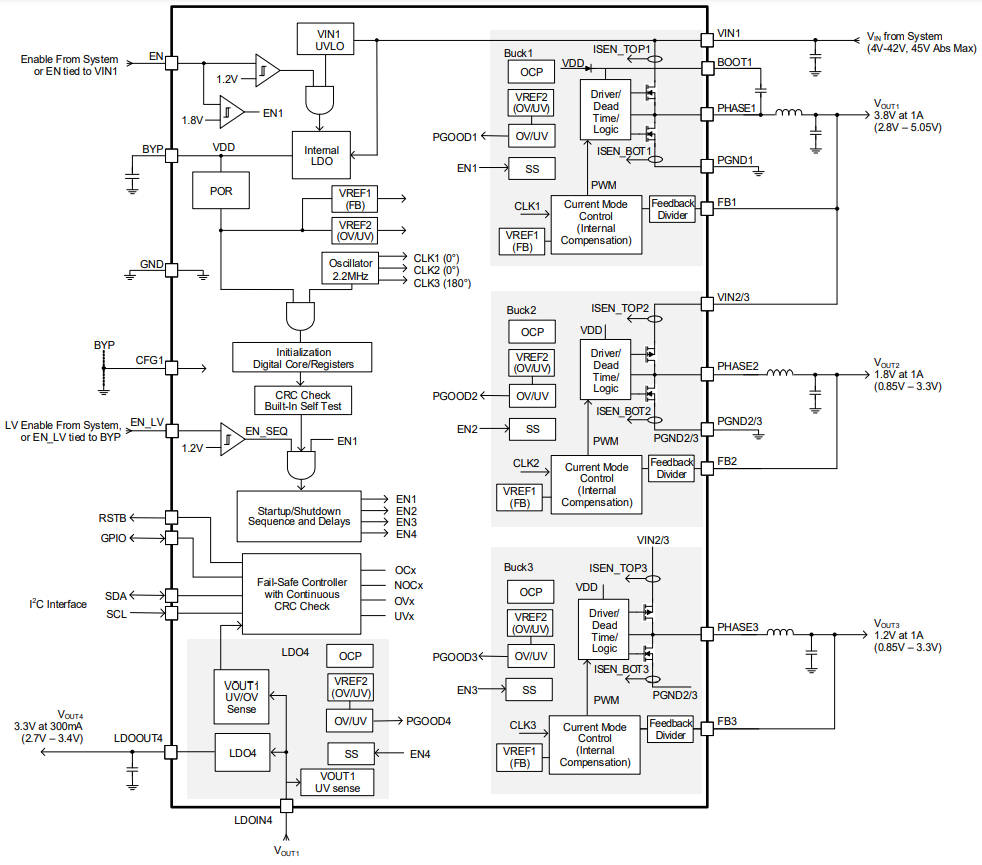
Branded ADXpress, for ‘automotive data express’, “all raw sensor data can be transmitted via sensor-specific virtual data paths with deterministic latency to one or more evaluation units”, claimed the company. “The sensors can be connected to an ADXpress node via PCI Express, Ethernet or SPI. The data transfers are currently carried out electrically with 30Gbit/s, or with optical media with 4 x 24Gbit/s – the data rate is essentially only limited by the physical layer medium and the capability of the technology node.”
The company already has ‘APIX’, a serial 30Gbit/s data link for pixel data. Unlike APIX, it said, ADXpress is intended to be universal, for pixel, Ethernet, sensor, lidar or radar data: It “opens up possibilities in terms of network architecture and topologies: video, for example, via PCI Express”.
Its virtual data paths are transmitted in cells of constant size, with all cells take the same path through the network (unlike Internet protocol) so that latency and jitter can be constant. Multiplexing, repeating and duplicating can take place on the layer processing the data cells independently of the service.
“Particularly with multiplexing, it is possible to control or steer the bandwidth allocation and the latency of the individual data paths,” said Inova. “The 128 virtual data paths only consume bandwidth when user data is actually being transmitted.”
For low latency, it sees hardware being used to package and de-package continuous data (radar, lidar, video) or burst data (PCI Express, Ethernet, SPI) data into the uniform cell format. It also sees the bus being used with data travelling in any direction between any input and output points.
See Inova at Electronica (hall B4, stand 301) in Munich for more about ADXpress.







